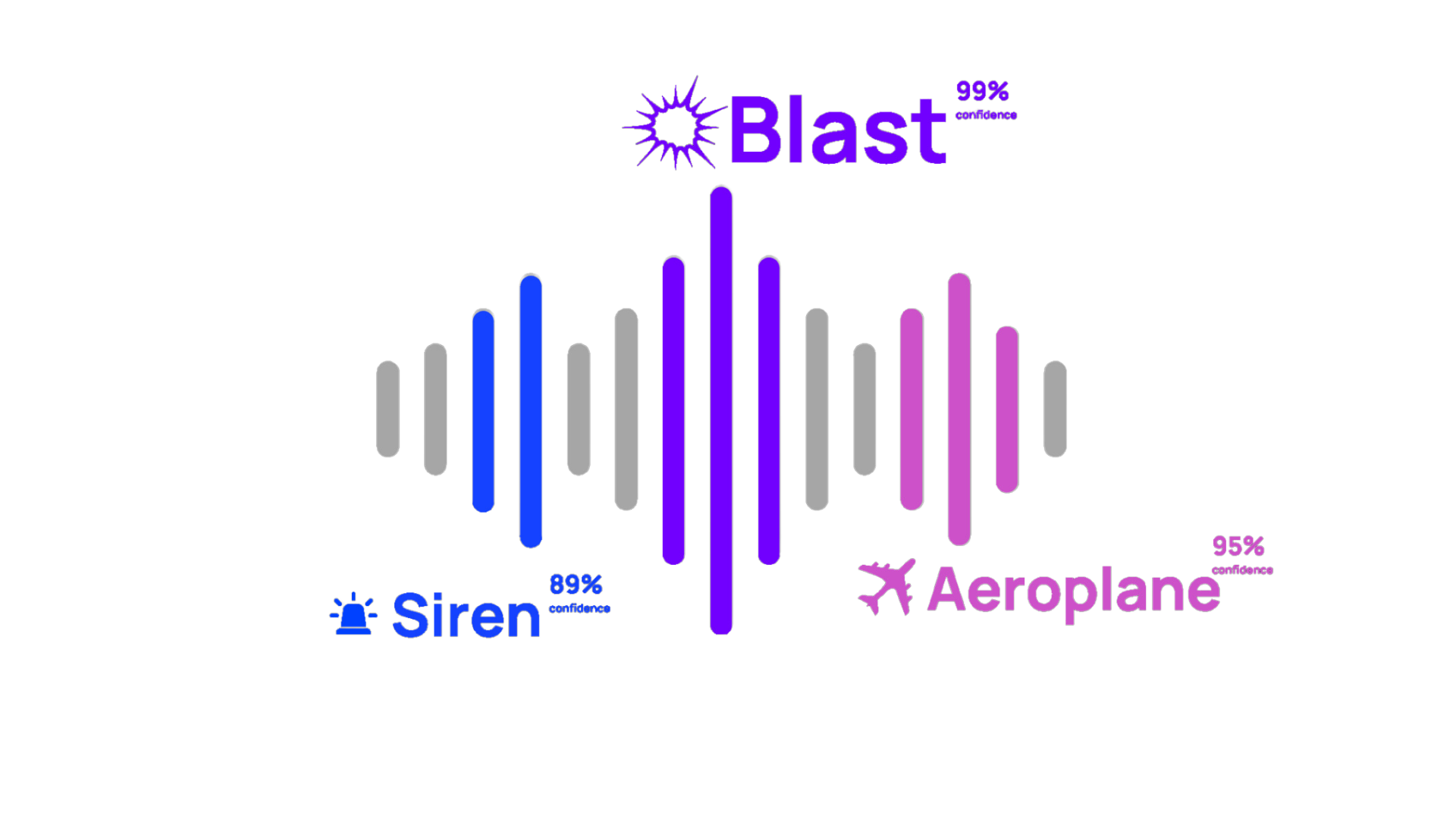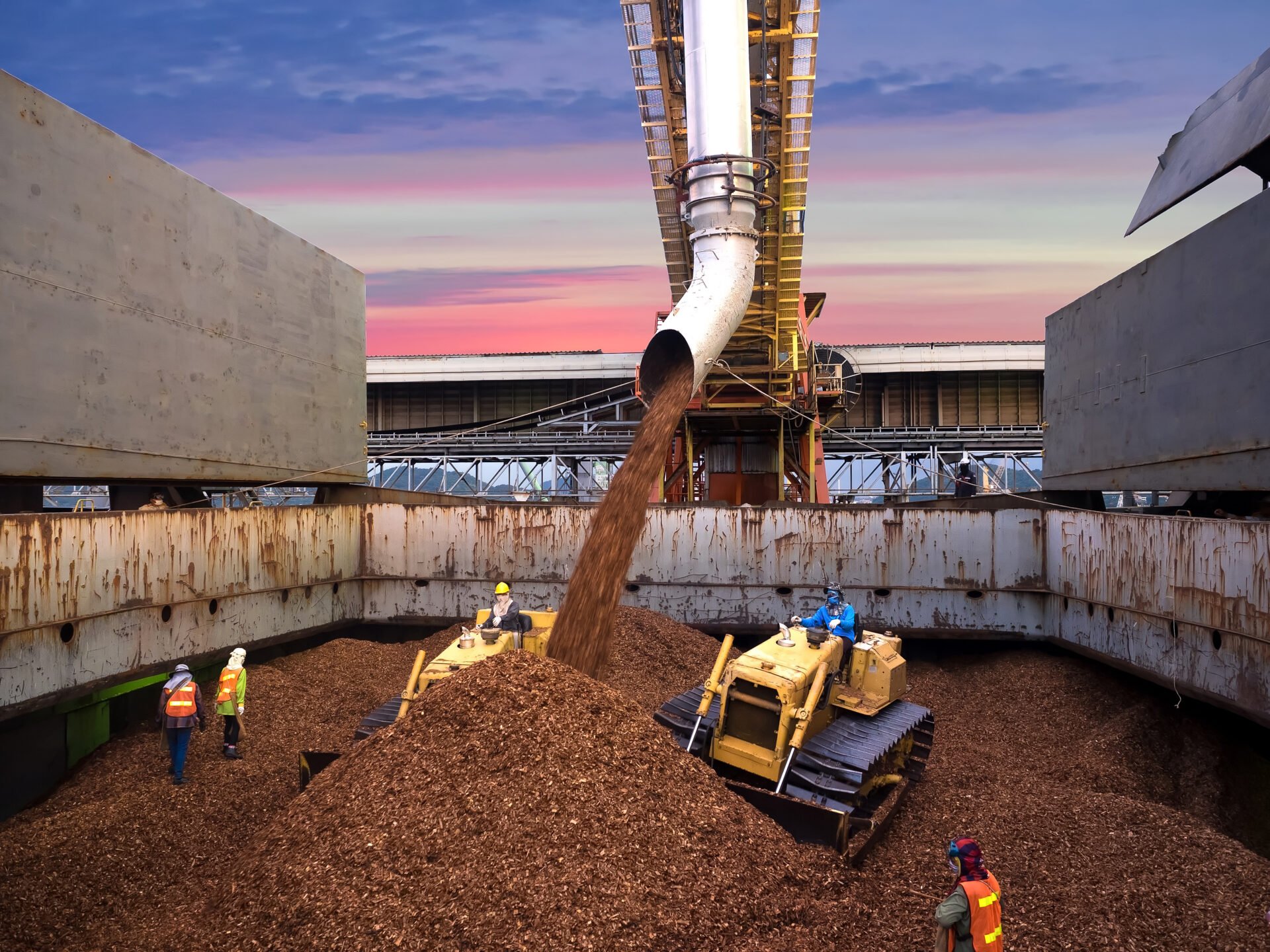How Auto Machine Learning Optimises Noise Sensors
The pursuit of sense-like characteristics in artificial intelligence dates back many years. While computer vision and text recognition have effectively given machines the ability to see and read, sound recognition and an...

The pursuit of sense-like characteristics in artificial intelligence dates back many years. While computer vision and text recognition have effectively given machines the ability to see and read, sound recognition and analysis is a relatively new field of research that is still in its infancy. Just as computer vision and natural language processing opened up endless possibilities, sound recognition through noise sensors can also usher in a new era of innovation.
The potential applications are diverse and compelling, but perhaps the most promising is environmental monitoring. Thanks to noise sensors, sound monitoring has drastically improved by measuring sound levels and minimising the negative effects of excessive noise.
Taking it a step further, the integration of sound recognition AI now allows for a fully-automated and remarkably precise system for analysing sounds, bringing us closer to a quieter and more peaceful world.
Noise Sensors are great… but limited
One of the biggest hurdles to environmental monitoring is achieving better performance. In order for noise sensors to be effective, they must be able to accurately detect and classify various types of sounds in a given environment. This requires a high level of sensitivity, precision, and reliability.
Ideally, noise sensors must also be able to filter out unwanted noise. Unfortunately, data drift, mistakes in the data, or sudden changes in the sound environment can all affect the accuracy of the sensors.
Noise pollution is a serious and expensive issue that requires effective solutions. While traditional hardware sensors have been relied upon to monitor noise levels, they are no longer sufficient in our rapidly-evolving world. With increased globalisation and a wider spectrum of noise sources, gaps in performance are no longer acceptable.
To address this issue, we need new and innovative solutions that can keep pace with the changing landscape of noise pollution. Hardware sensors, while still important, need to be complemented by more advanced technologies.
The Solution: Auto-Machine Learning

Before we get into Auto Machine Learning, let’s brush up on machine learning and what it does. Machine learning is a subfield of artificial intelligence that involves the training of computer algorithms to learn from data and make predictions or decisions. It typically requires significant expertise and technical skills to implement successfully.
AutoML, on the other hand is a technique that allows machine learning models to be trained and optimised automatically. It does not require significant manual intervention. AutoML is like a shortcut to machine learning – it uses automated methods to select and optimise the best machine learning algorithms and models for a given task. This means that even people without a background in data science or programming can use it to build machine learning models.
In simple terms, the more data you feed and an algorithm over time, the better it performs. One of the key drivers of AutoML is the availability of large datasets. With access to large amounts of data, machine learning models can learn patterns and relationships that are not easily discernible by humans.
This allows them to make more accurate predictions and automate complex tasks. Imagine you have noise sensors spread across an airfield collecting thousands of sound clips on a daily basis.
Within a short period of time, the algorithm is going to be able to understand these different sounds with more precision. With auto-machine learning, the analysis of sounds using AI can become more accurate with no additional costs for improvement.
Benefits of Auto-Machine Learning to the Standard Noise Sensor
Noise analysis is a critical component of ensuring public health and safety. It is vital in many settings, from industrial workplaces to residential neighbourhoods. However, traditional noise analysis methods can be time-consuming and require a lot of manual intervention. That’s where Auto Machine Learning (AutoML) comes in.
By automating much of the noise analysis process, AutoML can offer significant benefits over traditional methods. Here are just a few:
-
Speed
With AutoML, noise analysis can be performed faster than with traditional methods, allowing for quicker identification of potential noise hazards and timely interventions.
-
Accuracy
AutoML can identify patterns and trends in noise data that might not be immediately apparent to the human ear. This can lead to more accurate and informed decision-making, allowing for more effective noise management and mitigation.
-
Efficiency
By automating the selection and optimization of machine learning algorithms, AutoML frees up noise monitoring professionals to focus on interpreting the results and making informed decisions based on the data. This can improve efficiency and reduce the workload on human operators.
-
Accessibility
AutoML makes machine learning more accessible to a wider range of people and organisations. This includes those without a background in data science or programming. From this accessibility, more people can contribute to noise analysis efforts and make use of the insights generated by machine learning models.
-
Scalability
AutoML can be used to analyse large datasets quickly and efficiently. Such efficiency makes it a great option for noise-monitoring applications that require monitoring over a wide area or over long periods of time. This scalability can enable more comprehensive and accurate noise analysis, leading to improved public health and safety outcomes
Our Technology: Auto ML integration into Noise Sensors
Our Auto Machine Learning (AutoML) platform for sound analysis offers powerful features that can make noise monitoring and management more efficient and effective. Specifically:
- Auto-Tag: With our platform, you can automatically assign descriptive labels to acoustic events with more than 500 categories (e.g. voice, animal, vehicle). This can help you quickly identify and categorise different types of noise events, enabling more informed decision-making and targeted noise management interventions.
- Detect: Our platform can identify specific events of interest in an audio recording. Using our API, you can flag specific sounds or patterns that you want to monitor for, such as the sound of a particular piece of equipment or the presence of a specific event. This can help you quickly detect potential noise hazards and take action to address them.
- Retrieve: Our platform can group together similar audio events based on their acoustic features. As a result, it enables you to identify trends and patterns in noise data that might not be immediately apparent to the human ear. As a result of leveraging these insights, you can implement more effective noise management and mitigation efforts. Overall public health and safety outcomes can then be improved.
Final Thoughts on Ai for Noise Sensors
The integration of Auto Machine Learning (AutoML) into noise sensors can revolutionise sound monitoring and management. While traditional hardware sensors have been relied upon to monitor noise levels, they are no longer sufficient.
AutoML can automate much of the noise analysis process. Therefore, automating these processes allows for quicker and more accurate identification of potential noise hazards and timely interventions.
AutoML also makes machine learning more accessible to a wider range of people and organisations. This enables more comprehensive and accurate noise analysis, and leading to improved public health and safety outcomes.
Our AutoML platform for sound analysis offers powerful features. Some of these include Auto-Tag, Detect, and Retrieve, that can make noise monitoring and management more efficient and effective.
With the integration of sound recognition AI, we can create a fully-automated and highly accurate system for analysing sounds, ushering in a new era of innovation in environmental monitoring.
If you want to experience the power of our innovative technology for yourself, we invite you to try it out with our Gemmo trial.
Book an AI clinic to discuss how our noise API can help your organisation.



